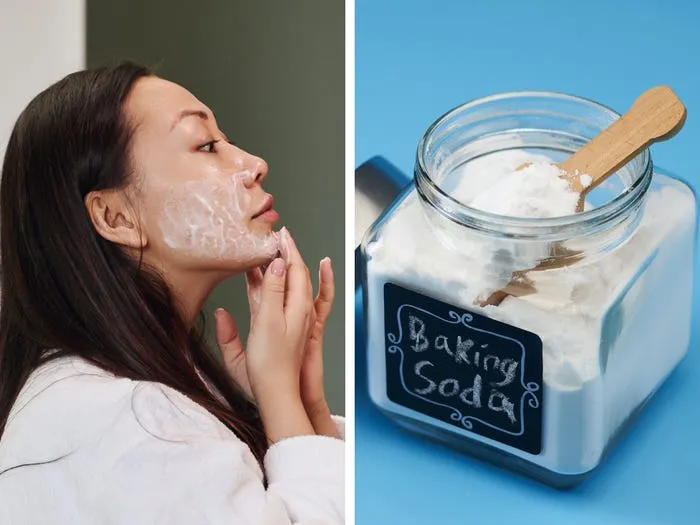What is Baking Soda?
Baking soda, also known as sodium bicarbonate, is a white, crystalline powder. It’s a common household item with a wide range of uses, from baking to cleaning. Its versatility stems from its chemical properties, making it a useful ingredient in various applications. Understanding the basics of baking soda is essential before considering its use in skincare. It is a mild alkaline substance, and its properties are key to its potential effects on the skin. It’s important to note that while baking soda is generally safe for various uses, its use in skincare requires caution.
The Chemical Composition of Baking Soda
Baking soda’s chemical formula is NaHCO3. This indicates that each molecule consists of one sodium atom (Na), one hydrogen atom (H), one carbon atom (C), and three oxygen atoms (O3). This specific composition gives baking soda its characteristic properties. When dissolved in water, baking soda creates an alkaline solution. This alkalinity is crucial when discussing its effects on the skin. It reacts with acids, and this chemical behavior is fundamental to its various applications. The ability to neutralize acids is a key factor in baking soda’s potential in skincare, as it can affect the skin’s pH balance.
Baking Soda’s pH Level and Its Impact
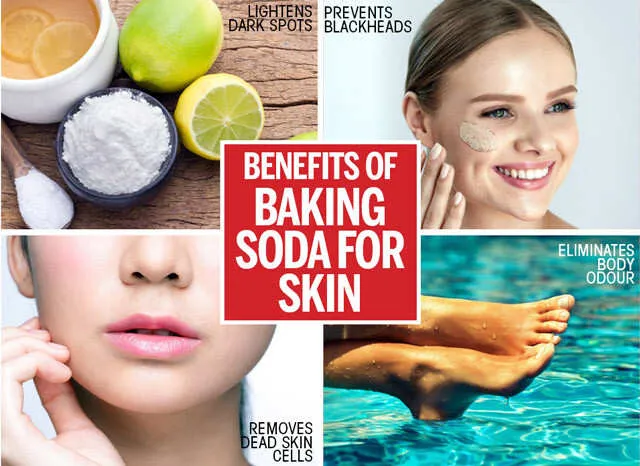
The pH scale measures how acidic or alkaline a substance is, ranging from 0 to 14, with 7 being neutral. Baking soda has a pH of around 9, making it alkaline. The skin’s natural pH is slightly acidic, typically between 4.5 and 6.5. Applying an alkaline substance like baking soda can disrupt this balance. This disruption can have various effects on the skin, both positive and negative. Understanding the impact of pH is vital when considering baking soda for skin whitening, as altering the skin’s pH can impact its health and appearance. Using baking soda can alter the skin’s protective barrier.
Does Baking Soda Whiten Skin Fact or Fiction?
The concept of baking soda whitening skin is a popular topic in beauty discussions. There is no scientific evidence that baking soda can permanently whiten skin. However, some of its properties might contribute to the appearance of brighter skin. Any perceived whitening effects are likely due to exfoliation and the removal of dead skin cells, rather than a change in the skin’s natural pigment. The effects of baking soda are often temporary and can vary depending on the individual and how it is used. It is essential to approach the use of baking soda for skin whitening with realistic expectations and a good understanding of its potential benefits and risks. Consider the long-term effects before applying baking soda.
How Baking Soda Can Potentially Lighten Skin
While baking soda does not directly alter melanin production, it can contribute to brighter-looking skin through several mechanisms. Exfoliation is a key factor, as it helps remove dead skin cells that can make the skin appear dull. The slightly abrasive nature of baking soda can act as a gentle exfoliant. It can also potentially help to reduce the appearance of blemishes and scars, which can give the skin a more even tone. It’s crucial to understand that these effects are not the same as permanent skin whitening. The results are often subtle and temporary, and they depend on individual skin types. Using baking soda may result in a brighter complexion.
Exfoliation Properties
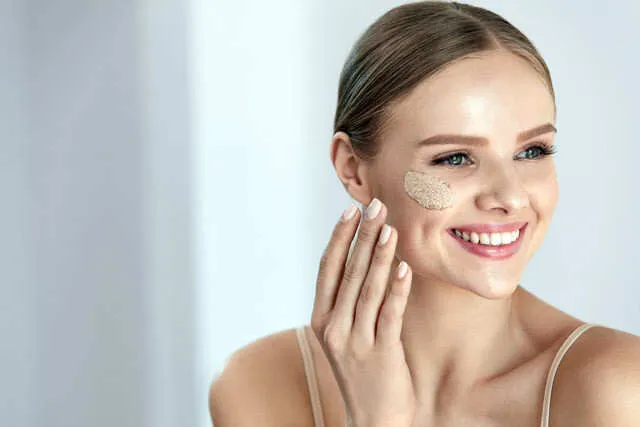
Baking soda acts as a mild abrasive, helping to exfoliate the skin. Exfoliation removes the outermost layer of dead skin cells, revealing fresh, new skin underneath. This process can lead to a brighter complexion and a smoother skin texture. Regular exfoliation can also help unclog pores and prevent breakouts. However, the abrasive nature of baking soda means it should be used carefully. Over-exfoliation can lead to skin irritation, dryness, and sensitivity. When using baking soda for exfoliation, it is essential to use it gently and not too frequently. Always follow up with a moisturizer to keep skin hydrated. See image of baking-soda-exfoliation.webp.
Acne and Scar Reduction
Baking soda has antibacterial properties that can help in reducing acne. It can also help to reduce the appearance of acne scars over time. Its exfoliating action can help to remove dead skin cells and encourage cell turnover, which may help to fade scars. However, the effectiveness of baking soda for acne and scars varies from person to person. It may not work for everyone, and it is not a substitute for professional medical treatments. People with sensitive skin should be particularly cautious. Always test the baking soda on a small area of the skin before applying it to a larger area. See image of baking-soda-acne.webp.
The Top 5 Facts About Baking Soda Skin Whitening
Fact 1 Exfoliation for Brighter Skin

Baking soda’s exfoliating properties are key to its potential brightening effects. As a mild abrasive, it helps remove dead skin cells, which can make the skin appear dull. Removing these cells reveals the fresh skin beneath, leading to a brighter and more radiant complexion. This process helps with the texture of the skin, making it appear smoother. However, over-exfoliation can lead to irritation, so it is important to use baking soda gently and in moderation. Using it once or twice a week is typically sufficient for exfoliation. Moisturizing after exfoliation is essential to keep the skin hydrated and healthy.
Fact 2 Buffering pH Levels
Baking soda can influence the skin’s pH balance. While it is alkaline, it can temporarily alter the skin’s pH level. Some believe this helps to neutralize acids and promote a more balanced skin environment. However, disrupting the skin’s natural pH can also cause irritation, especially for those with sensitive skin. The skin’s natural pH is slightly acidic, which helps protect against bacteria and environmental factors. Long-term use of baking soda may disrupt this protective barrier. It is essential to monitor how the skin reacts and to adjust the frequency of use as needed.
Fact 3 Reducing Acne and Blemishes
Baking soda has antibacterial properties that can help in reducing acne. The exfoliating action can help unclog pores and remove excess oil and dead skin cells, which contribute to acne. It can also help with reducing the appearance of blemishes. However, it is not a cure for acne, and it may not be effective for everyone. Always perform a patch test before applying it to the entire face. If you have persistent acne, consult a dermatologist. Baking soda may be a helpful addition to your skincare routine. See image of baking-soda-acne.webp.
Fact 4 Potential Scar Lightening
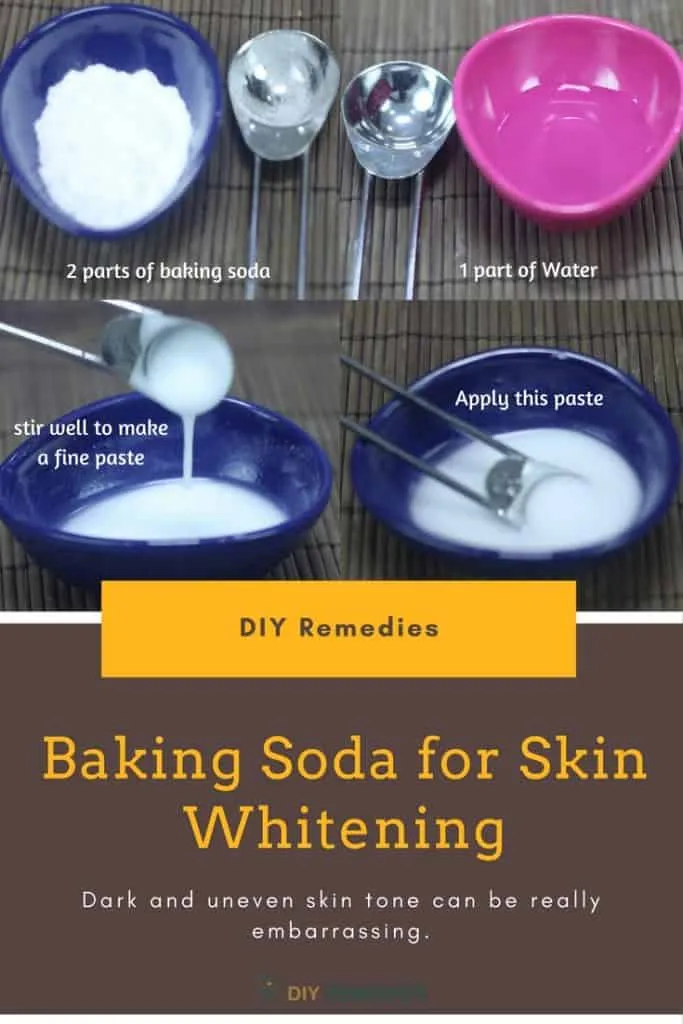
Baking soda’s exfoliating properties can help to fade the appearance of scars. By removing dead skin cells and promoting cell turnover, it can gradually reduce the visibility of scars. This process is slow and may not completely eliminate scars. The effectiveness of baking soda varies depending on the type and severity of the scar. It works best on newer, less severe scars. People with deep or old scars may not see significant results with baking soda alone. Other treatments, such as professional skincare treatments, may be more effective for these types of scars. See image of baking-soda-scar-reduction.webp.
Fact 5 Cost-Effectiveness and Accessibility
One of the primary advantages of using baking soda is its affordability and accessibility. It is a common household item that is readily available in most grocery stores. This makes it an economical option for skincare. Compared to expensive skincare products or professional treatments, baking soda is extremely cost-effective. However, its low cost should not be the only deciding factor. The potential risks and benefits must be carefully considered. While it is inexpensive, it is essential to use baking soda safely and in moderation to avoid potential side effects. See image of baking-soda-skin-whitening.webp.
How to Use Baking Soda for Skin Whitening Safely
Dilution and Application Methods
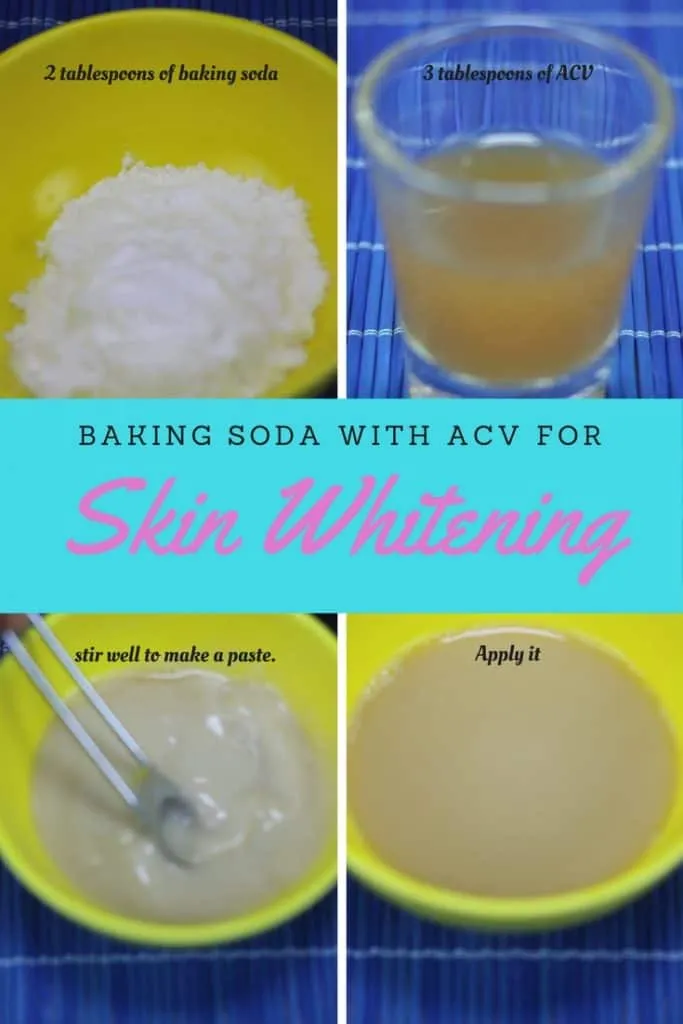
When using baking soda on the skin, it’s crucial to dilute it properly. A common recommendation is to mix one part baking soda with two to three parts water to create a paste. Apply the paste to the skin gently, using circular motions. Avoid scrubbing harshly, as this can cause irritation. Leave the paste on the skin for a short period, typically no more than a few minutes. Rinse thoroughly with lukewarm water, ensuring that all traces of baking soda are removed. This dilution method helps minimize the risk of irritation. It is better to start with a less concentrated solution and gradually increase the strength if needed. Never use baking soda on broken skin. Always follow with a moisturizer.
Patch Testing for Sensitivity
Before applying baking soda to a large area of your skin, it’s essential to do a patch test. Apply a small amount of the diluted baking soda paste to a discreet area of skin, such as behind your ear or on your inner forearm. Wait for 24 to 48 hours to observe any reaction. If you experience redness, itching, burning, or any other signs of irritation, discontinue use immediately. If no adverse reactions occur, it’s likely safe to use baking soda on other areas of your skin. The patch test helps to identify potential sensitivities before widespread application. It is an important step in ensuring the safety of your skincare routine. If you have sensitive skin, always consult a dermatologist. See image of baking-soda-sensitive-skin.webp.
Frequency and Duration of Use
The frequency and duration of baking soda use for skin whitening should be limited. It is best to start with infrequent use, such as once a week, to gauge how your skin responds. Over time, you might increase the frequency slightly, but it is important not to overuse it. Excessive use can disrupt the skin’s natural pH balance and lead to dryness, irritation, and sensitivity. Avoid using baking soda on your skin every day. Pay attention to your skin’s condition and adjust the frequency as needed. If you notice any signs of irritation, reduce the frequency or discontinue use. It is better to be cautious. The goal is to maintain healthy skin.
Potential Risks and Side Effects
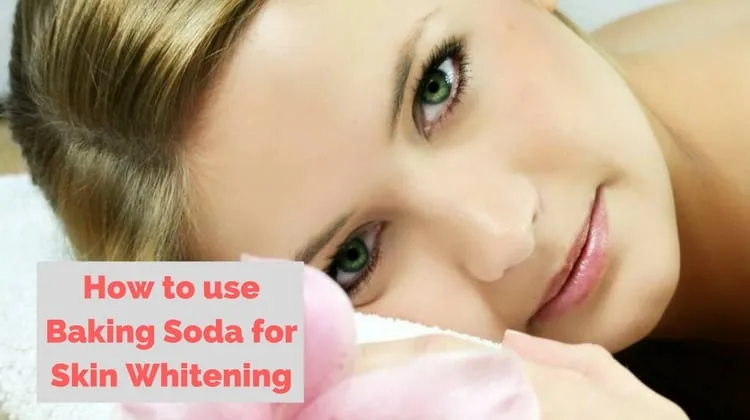
Skin Irritation and Redness
One of the most common side effects of using baking soda on the skin is irritation. This can manifest as redness, itching, burning, or a rash. This is particularly likely if you have sensitive skin or if the baking soda is used in too high a concentration. Irritation can also occur if you over-exfoliate. Always dilute the baking soda properly and do a patch test before applying it to a large area. If you experience any signs of irritation, discontinue use immediately. Apply a soothing moisturizer to help calm the skin. If the irritation persists, consult a dermatologist. See image of baking-soda-skin-whitening.webp.
Dryness and Sensitivity
Baking soda can strip the skin of its natural oils, leading to dryness and increased sensitivity. This is because the alkaline nature of baking soda can disrupt the skin’s natural protective barrier. Dry skin is more prone to irritation, making it more vulnerable to environmental factors. To combat dryness, it is crucial to moisturize the skin thoroughly after using baking soda. Use a gentle, fragrance-free moisturizer to help restore hydration and maintain the skin’s protective barrier. If you find that your skin becomes excessively dry or sensitive after using baking soda, reduce the frequency of use or consider an alternative skincare method.
When to Avoid Baking Soda
There are several situations where it’s best to avoid using baking soda on your skin. If you have sensitive skin, you should exercise extreme caution. It is always better to consult with a dermatologist. Avoid using baking soda on broken or irritated skin, as this can worsen the condition. If you have any skin conditions, such as eczema or psoriasis, it is best to avoid baking soda altogether. Baking soda should not be used in combination with other exfoliating products. If you are taking any medication that affects your skin, consult a healthcare professional before using baking soda. Following these guidelines can help you avoid any negative effects. Always prioritize the health and safety of your skin.
Alternatives to Baking Soda for Skin Whitening
Natural Ingredients and Remedies
If you are looking for alternatives to baking soda for skin whitening, several natural ingredients and remedies are available. Lemon juice is a popular choice, as it contains citric acid, which can act as a natural exfoliant and may help brighten the skin. However, it is essential to use lemon juice cautiously, as it can increase the skin’s sensitivity to sunlight. Other options include honey, which has moisturizing and soothing properties, and turmeric, which has antioxidant and anti-inflammatory benefits. Many people use yogurt, which contains lactic acid and can gently exfoliate the skin. Always conduct a patch test before using any new natural remedy. These natural options are often gentler on the skin.
Professional Skincare Treatments
For more effective and long-lasting results, professional skincare treatments are a good option. Chemical peels can exfoliate the skin. Microdermabrasion is a procedure that removes dead skin cells. Laser treatments target specific skin concerns. Consulting a dermatologist or a qualified skincare professional can help you determine the best treatment. Professional treatments provide targeted solutions and are often more effective than DIY remedies. While they may be more expensive than using baking soda, they can offer significant improvements in skin tone and texture. Always choose a reputable provider. See image of professional-skincare.webp.
